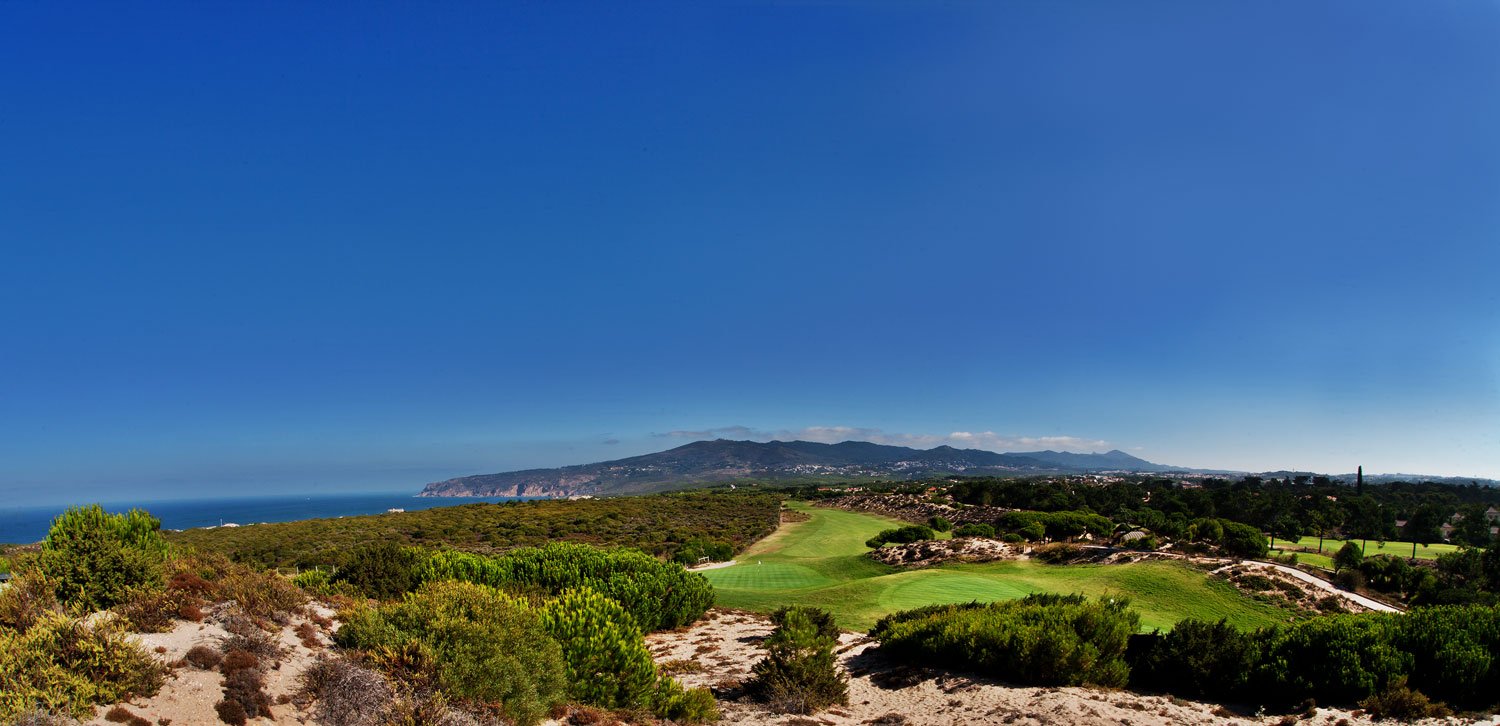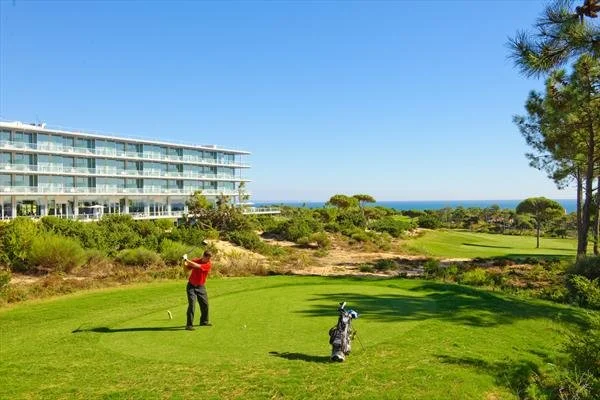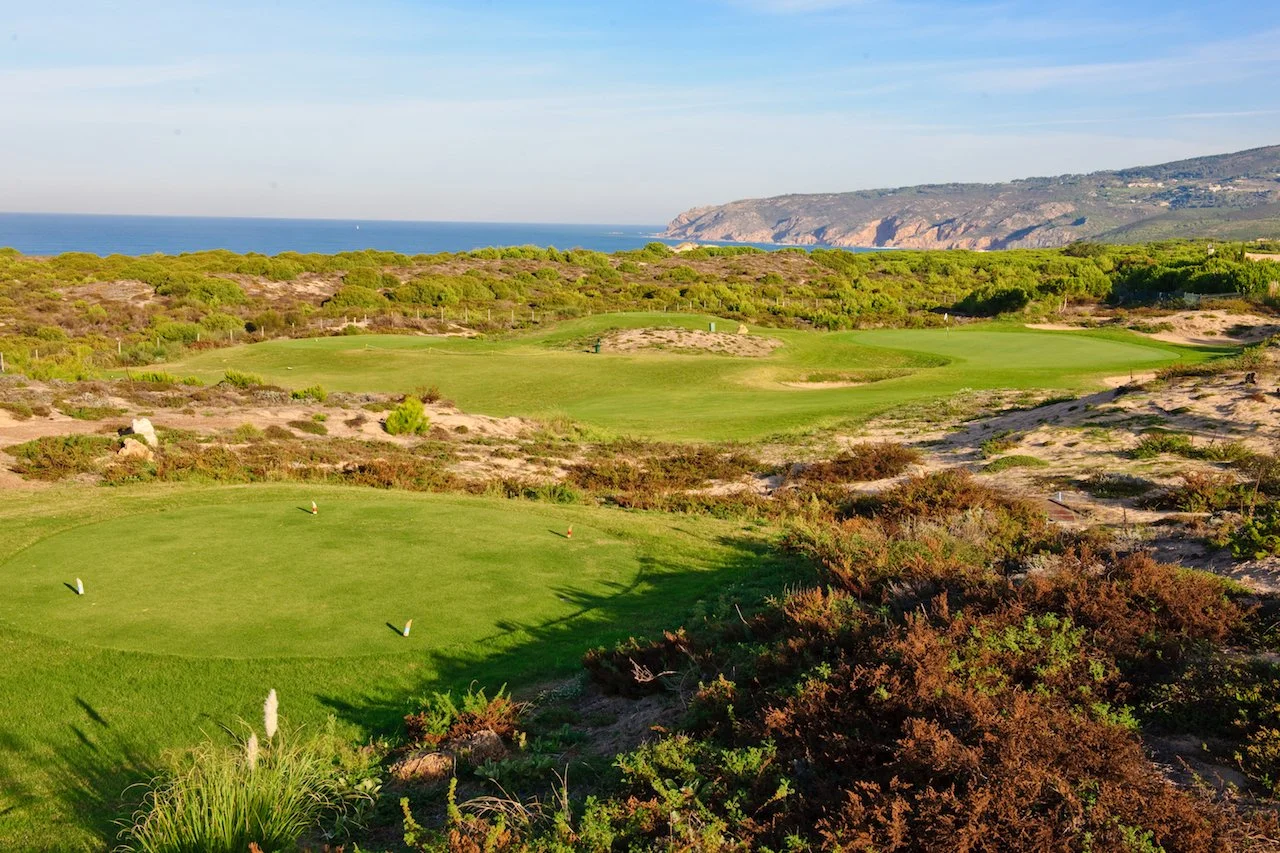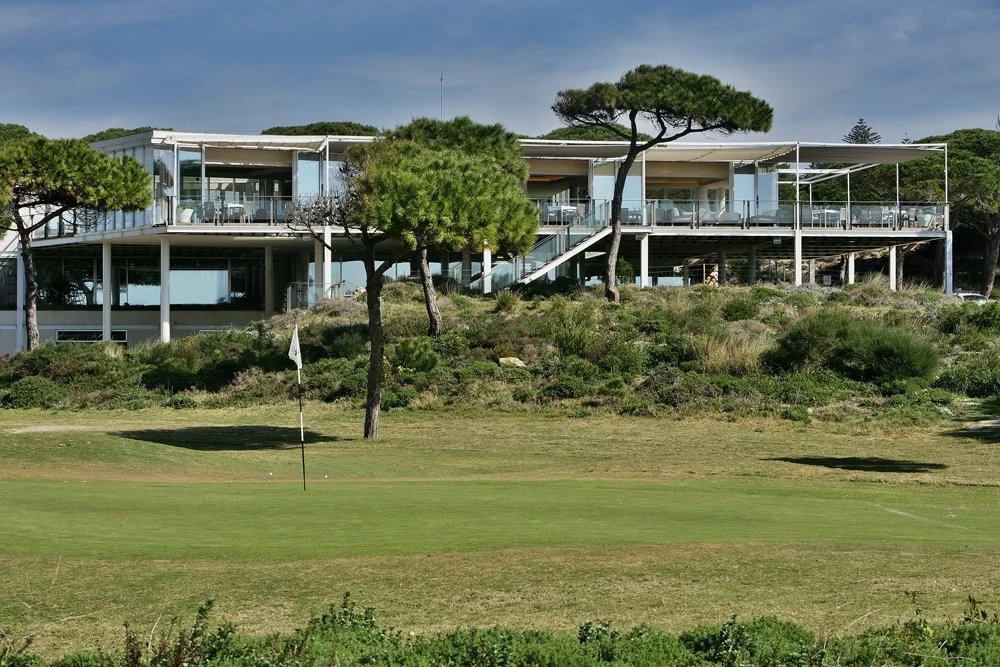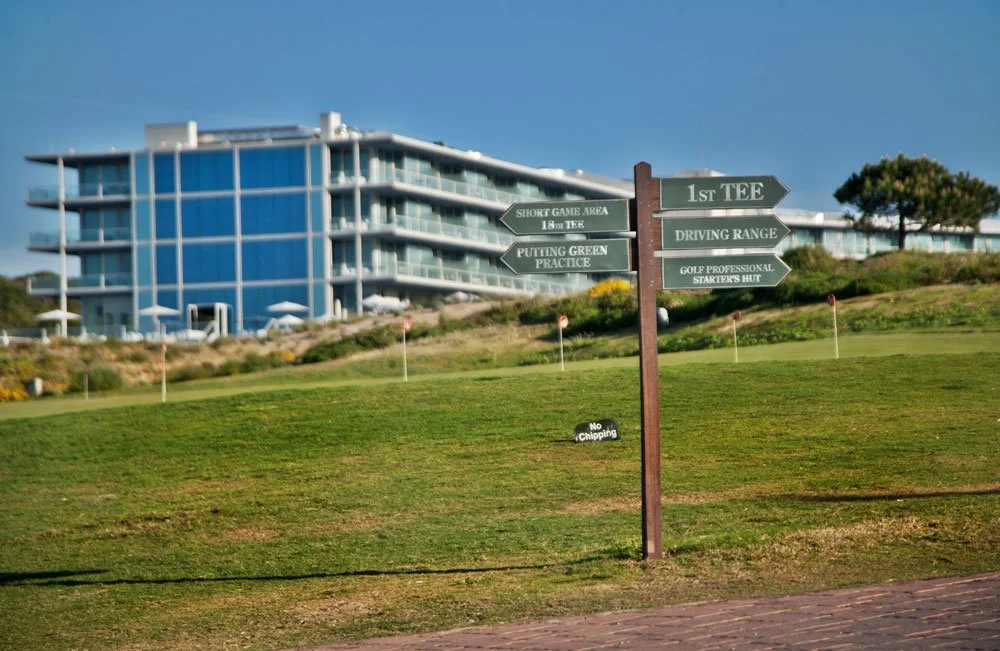
Oitavos Dunes: Pure Links Golf on Europe's Western Edge
Nestled near Cascais on the Lisbon coast, Oitavos Dunes presents a golfing experience that transcends the ordinary, a course consistently lauded as Portugal's finest and a prominent name among the world's elite. Arthur Hills' masterful design unfurls across a landscape where the raw beauty of the Atlantic coastline meets the rugged charm of natural sand dunes, offering vistas that peer down at the ocean at nearly every turn. This is more than just a golf course; it is an encounter with the elements at the very fringe of a continent. The dramatic setting, with views stretching towards Cabo da Roca, Europe's westernmost point, imbues each round with a profound sense of place, contributing to the "memorable thrills" that define the experience of the golf course. It is a place where the golfer feels the light, senses the presence of the ocean, and anticipates the unique challenge of each hole, all while traversing some of the most breathtaking landscapes in the world of golf.
The Artistry of Arthur Hills: Nature and Design in Harmony
The creation of the Course was entrusted to the legendary American golf course architect Arthur Hills, whose vision was to craft a course that would "blend seamlessly with nature and the magnificent sand dunes beside the Atlantic Ocean".His design philosophy eschewed imposition, instead allowing the course to "flow with the natural topography of the land". This approach was perfectly suited to the extraordinary canvas presented: a tumbling dunescape set against the vast expanse of the Atlantic. Drew Rogers, who collaborated with Hills on the project from 1997, described the opportunity as "one of the more unique and incredibly dramatic" an architect could be given, noting they had a "free hand with a tumbling dunescape site". This freedom, coupled with a profound respect for the existing environment, was paramount to the course's eventual success. The course is sensitively woven into the fabric of the Sintra-Cascais Natural Park, a protected area of significant ecological value. Rather than viewing the park's features as constraints, Hills incorporated elements like the distinctive umbrella pines and the ever-present native sand dunes as integral components of the design, enhancing both the aesthetic appeal and the strategic challenge. This careful integration is a testament to a design that not only accommodates nature but actively leverages its inherent beauty and characteristics. A crowning achievement and tangible proof of this harmonious relationship is Oitavos Dunes' status as an Audubon International Gold Signature Sanctuary. It was the first golf course in Europe, and only the second worldwide, to receive this prestigious certification, which recognizes the "highest level of conservation" and a commitment to the "strict protection of local flora and fauna". This award signifies that the environmental stewardship was not an afterthought but a foundational principle of the course's development and ongoing maintenance. The design didn't just coexist with the sensitive ecosystem; it was conceived in symbiosis with it, resulting in an authentic and environmentally responsible golfing haven. This deep respect for the natural setting contributes significantly to the golf Course as a true links experience". Unlike the often-manicured and predictable nature of some US 'target golf' courses—a stereotype Hills consciously avoided here—the golf course embraces the defining characteristics of links golf: its seaside location, the sandy, well-draining soil, the undulating terrain shaped by wind and time, and, crucially, its exposure to the often-fickle Atlantic breezes. The result is a course that feels ancient yet timeless, challenging yet fair, and deeply connected to its remarkable surroundings.
A round at Dunes course unfolds like a captivating narrative, a journey through distinct landscapes that test every facet of a golfer's game. The experience begins with a "stunning beginning" amidst a more sheltered environment. The opening four holes are often described as being "tree-lined," with elegant umbrella pines framing the fairways and greens. While these initial holes showcase the quality to come with their careful bunkering and tricky greens, they offer a slightly gentler introduction before the course fully reveals its links heart. The sandy understory beneath the pines, however, offers a subtle hint of the coastal character that increasingly defines the round.
After this initial foray, the course transitions dramatically, opening up to the "more open undulating and linksy environment" that is its true hallmark. It is here that "the Atlantic Ocean peers down at every turn," becoming a constant and breathtaking companion. The design masterfully incorporates "waste sand bunkers" that appear as natural extensions of the dunes, and the routing feels entirely "dictated by the landscape". The wind, an ever-present force on this exposed headland, becomes a critical strategic element. Its direction and strength can transform the character of a hole from one day to the next, particularly on the back nine, which is often "swept by the winds which come from the sea".
